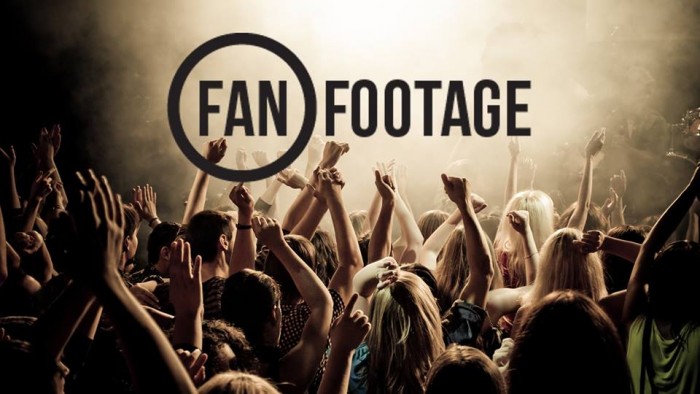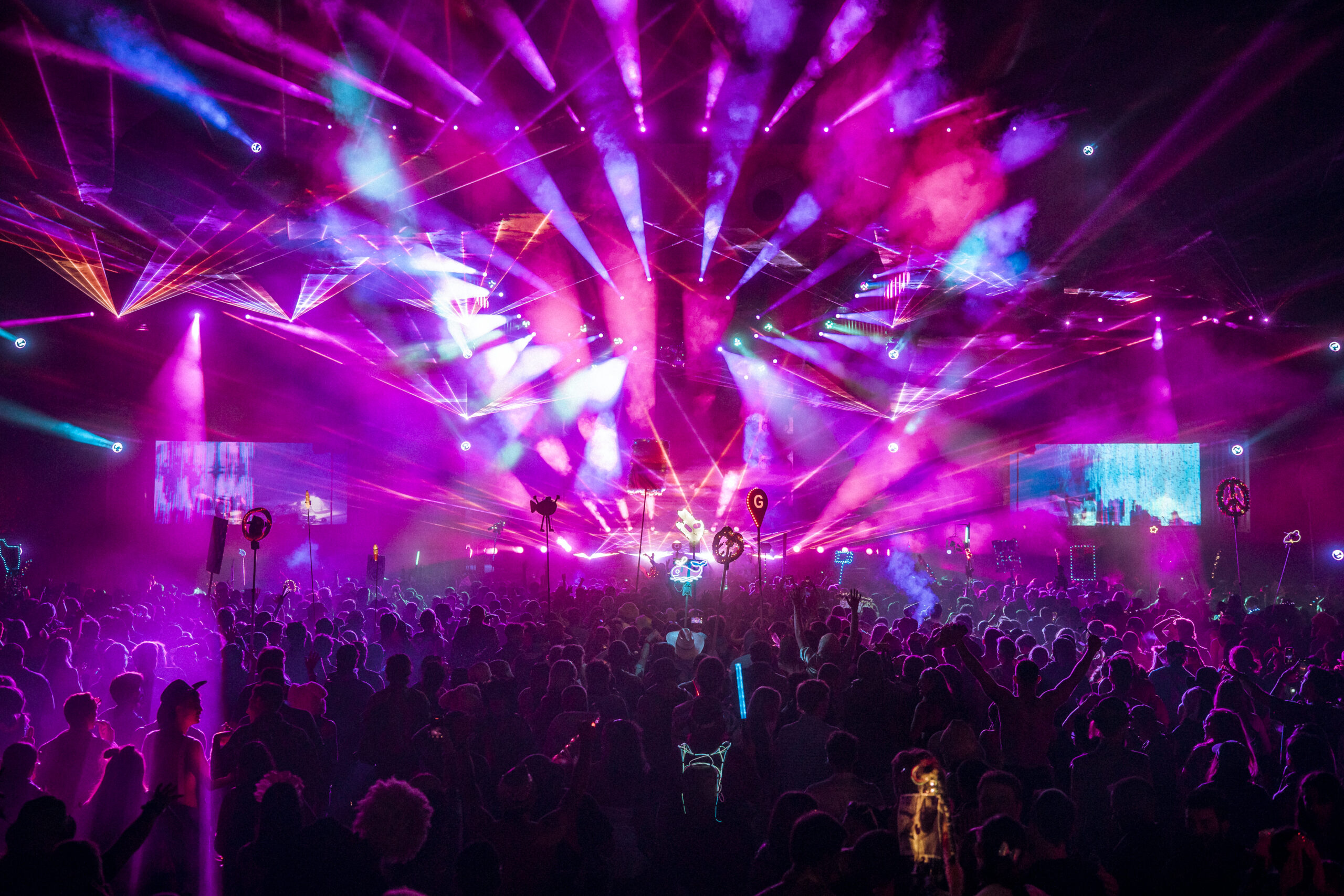
The music industry has traditionally been an ever-evolving whirlwind of styles, tastes, trends, and more. Since its outset, things have continually changed with each passing decade as new technologies, strategies, and opportunities present themselves to creators, distributors, and consumers of music.
Whether it’s in regard to John Lomax’s early field recordings of Mississippi bluesmen, the Grateful Dead’s show-taping fan base, or the peer-to-peer file sharing networks of today – the only constant in the industry is progression and change.
With the evolutionary nature of the music industry, as technology changes so do its trends. In the 21st century, one of the largest and fastest growing trends in music is user generated content.
As defined, user-generated content (UGC) is a two-way media or participatory media “created or produced by the general public rather than by paid professionals”. Take a moment to consider the size of organizations like YouTube, Soundcloud, Facebook, Vimeo, or any number of the myriad of peer-to-peer networks that have sprung up over the past decade. User-generated content is big business.
Take YouTube for example, type in any recognizable song into the search bar YouTube immediately returns a bombardment of videos featuring the original song but also user-generated cover versions, guitar lessons, lyrical versions (lyrics superimposed over the original audio), and more.

Next, move on to Soundcloud. If user-generated content is defined as any “two-way media created or produced by the general public rather than by paid professionals”, then Soundcloud indeed hosts an incredibly massive amount of user-generated content as much of its content comes from unpaid amateur artists in addition to what’s provided by paid professionals.
But, how much of the music community relies on these platforms?
According to industry reports from Musicmetric’s Digital Music Index (DMI), more than one would think. In 2012, YouTube and Soundcloud were the top two channels used for music discovery. The fact that these are both prime avenues for user-generated content is perhaps unrelated, but we’re guessing that the two ideas are inextricably linked.
With the exploding popularity of user-generated content in the music industry, what’s the next big thing to bridge the gap between artist and user? One company that may have the answer is FanFootage.
FanFootage crosses the divide by taking fan-shot videos of artists’ live performances and automatically syncing the videos with professionally recorded live audio from said performances, essentially creating music videos shot entirely from the fans’ perspective. So far FanFootage has had a resounding success with their business model.
Working with 263 artists in 26 countries at the time of this writing, FanFootage and their unique crowdsourcing platform is a fresh idea in the industry.
Their biggest video to date showcases Linkin Park performing “Until It’s Gone” in Milan, Italy. Receiving over 1,500 audience uploads from that performance alone, it’s safe to say that the fans are embracing the idea with open arms. FanFootage then went on to use 35 of the 1,500 angles to create a 4-minute music video of the performance. FanFootage’s video has already garnered over 400,000 hits online.
With a funky feel that’s reminiscent of the multi-shot views in the original Woodstock film, the “Until It’s Gone” video splices multiple fan perspectives in the same frame to convey different viewpoints of the performance to give it a personal feel. Essentially, FanFootage gives fans the ability to experience or re-experience events in brand new ways while providing artists with an inventive way to capture their live performances.
This isn’t a novel concept, however, as the Beastie Boys released the crowdsourced “Awesome; I F***in’ Shot That” film in 2006 from one of their performances at Madison Square Garden. The difference, however, is the speed at which FanFootage operates.
The Beastie Boys film took 3 months of post production for their film, FanFootage says that they can do the same thing in 10 seconds. Intriguing? Yes.
As social networking, peer-to-peer file sharing, and similar platforms continue to grow in popularity – it appears that user generated content is one trend that is here to stay. Fans are now able to bridge the gap between themselves and their favorite artists on a more immersive and deeply felt level, improving the overall experience for all parties. As FanFootage continues to capitalize on their unique business model, it looks like the sky’s the limit for the inventive company.
This post is sponsored by FanFootage.

